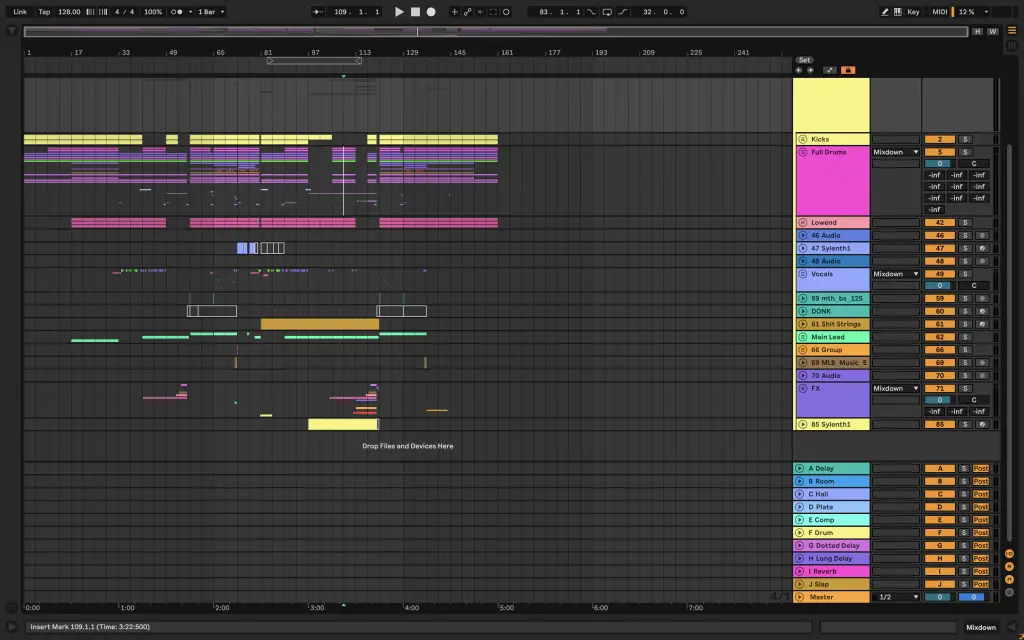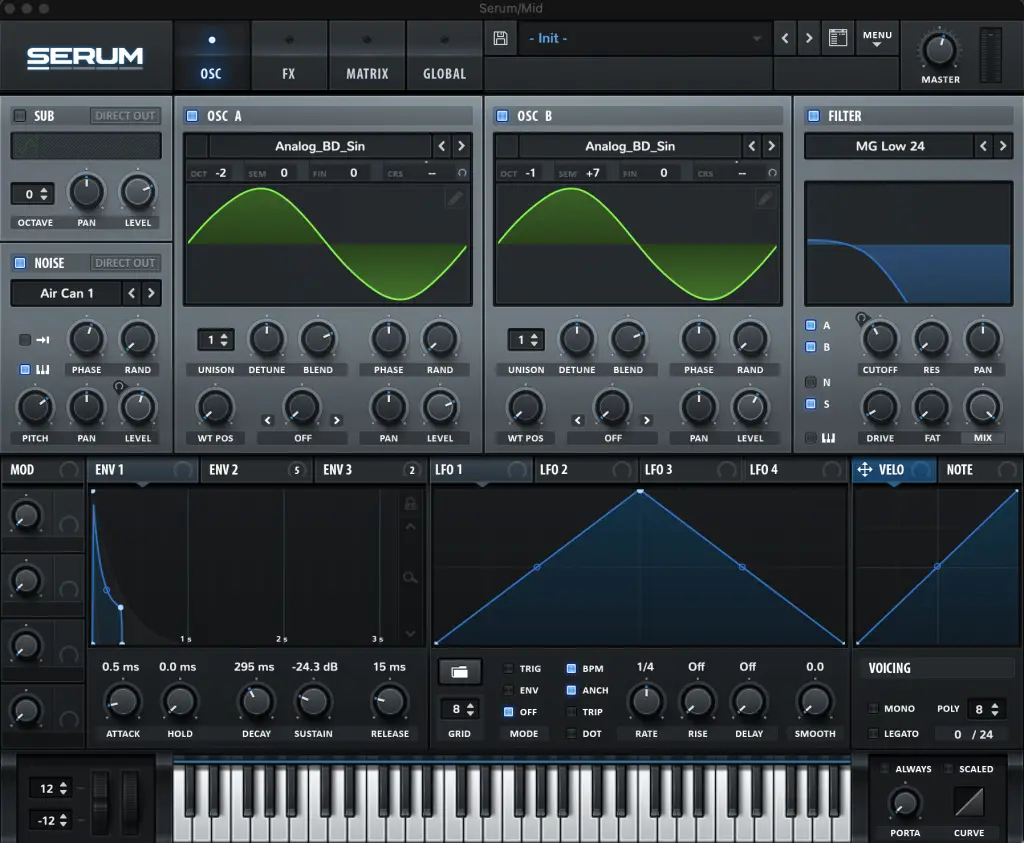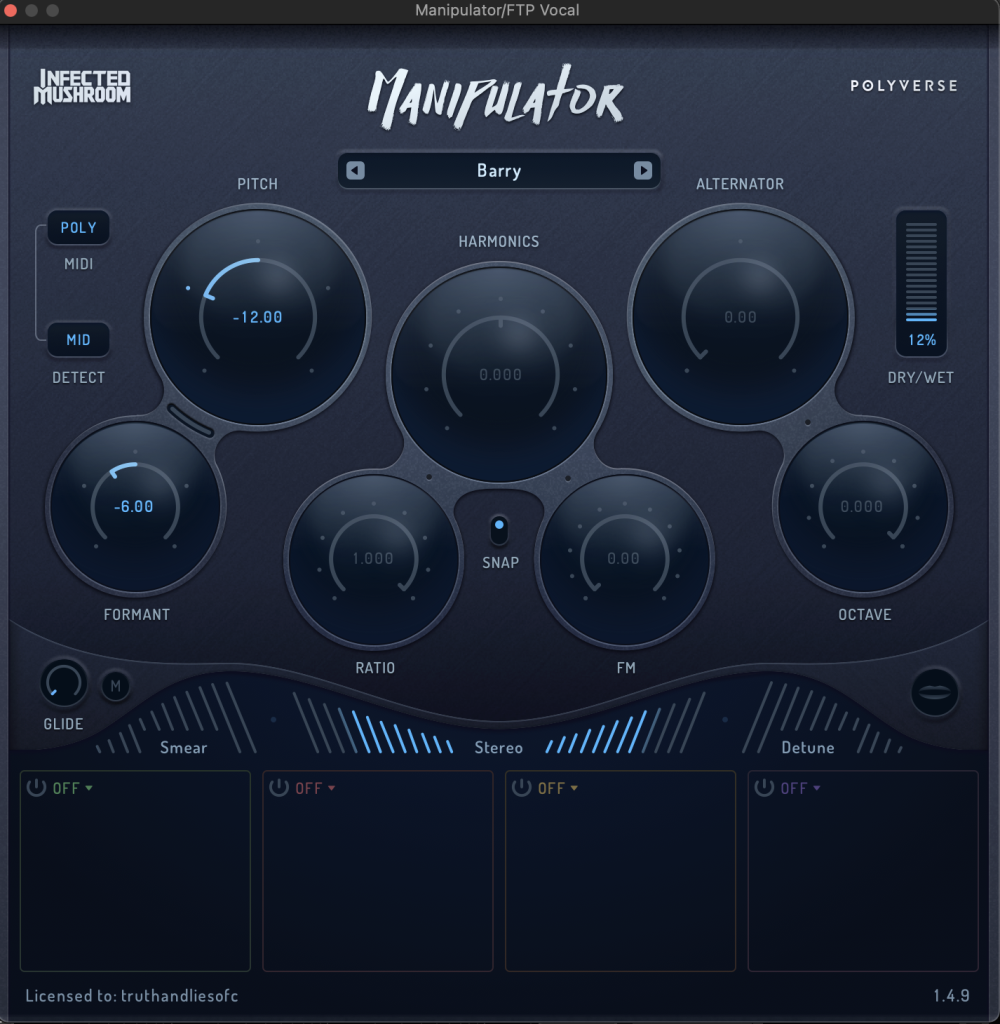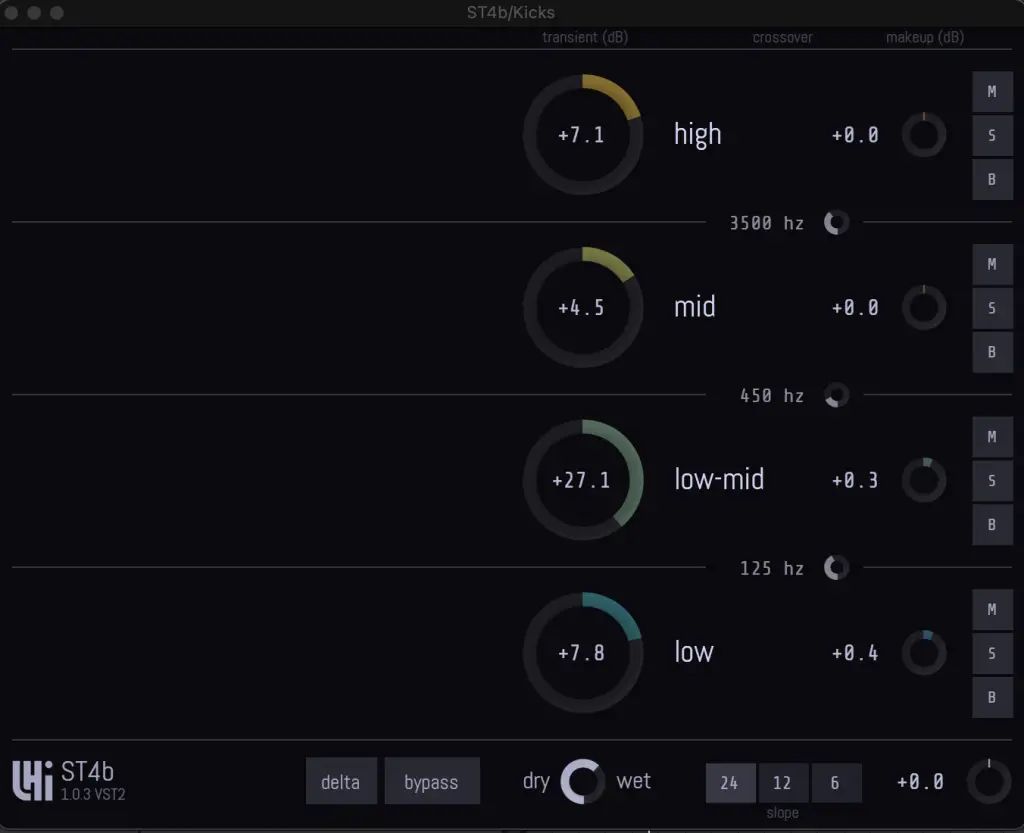Table of Contents
I feel like Tech House often gets a bad rap as a genre. Many people cast it off as a party-only genre or lacking the “finesse” or some of the more “mature” genres (whatever that means) of electronic dance music. But the producers who know what goes into making tech house smack, punch, and swing in just the right way know that it’s not always that easy to pull off.
In fact, from a technical standpoint, it can often be some of the trickier genres to mix.
So when Truth x Lies slid into my inbox with a dope new tech house heater, I felt like there was no better opportunity to see how they make their basses, what plugins they use to get that warm, punchy swing, and if they know any secret production hacks that set them apart from the massive sea of other producers making cookie-cutter versions of the genre and style they thrive in.
So listen to the track a couple of times below to acclimate your ears to the sauce they’re about to share, and then let’s dive into the latest iteration of How It Was Made: Truth x Lies – FTP

Serum

We created the principal bass using three layered instances of Serum. Serum is a workhorse synth that uses FM, AM, and subtractive synthesis and has mighty FX. We use Serum primarily for making basses, many of our ear candy, other leads, and one-shot sounds that are a bit out of the box.
Shaping the bass with multiple layers gives us more control over each aspect of the bass sound. The leading layer creates an 808 sub, which enhances the sound’s fullness.
The second layer gives the bass its punchy transient, so it sounds more like a knock, enabling it to break through the mix and match the intensity of the drums. The third layer is another knock with some more high-end, which helps the bass cut through on smaller speakers like laptops and phones.

The second and third layers are much shorter and are low-cut EQed so that nothing affects the sub-frequency range (120 Hz and lower are removed on those layers). Each layer has a bit of distortion, saturation, minor EQ, and sidechaining so that when the kick plays, the subfrequencies duck to make space for the kick’s subfrequencies.
Serum is truly an incredibly versatile synthesizer and could easily be a workhorse plugin for anything from basslines to leads and everything in between. Because it is quite popular, there are tons of great presets for any genre and plenty of resources on YouTube.

As a bonus, Serum comes with an additional VST called Serum FX. This separates the FX section of serum (reverbs, compressors, saturators, etc.) into its standalone VST. This allows you to use the Serum FX on any other track in your project. We often use Serum FX on other sounds, as they are powerful and great!
Manipulator

We used a lot of plugins on the vocals for this track, but the one that really makes the vocals stand out is Manipulator by Infected Mushroom. We use Manipulator mostly as a tone-shifting plugin for vocals. It can affect the pitch and formants, add harmonics, and increase stereo width and other parameters that will allow you to unexpectedly change your sound’s characteristics.
Because we recorded our vocals, we used it to change the tone of Ian’s voice by pitching the vocal down, changing the formants lower, and giving the vocal some stereo width. We used it on a low dry/wet percentage so the vocal would still be audible while pitched down. We modified the “Barry” preset for Ian’s vocals with a few tweaks. Their presets are good in the plugin, and we try to use them to save time and get consistent results.
We highly recommend this plugin compared to Little Alterboy by Soundtoys because it has many more controls and is mono-compatible, so phase issues do not become an issue. We saw a video of someone using this plugin 4 or 5 years ago and decided to try it to give our vocals a unique sound. The most important thing as a producer is to think outside the box, and we use this plugin to do that to our vocals.
Izotope RX9

We used Izotope RX9 a lot in this track for different purposes. RX9 has many tools for repairing audio, such as removing reverb, noise, and mouth clicks. It’s a pretty expensive plugin that can’t be replaced with other plugins.
We used this plugin to remove some of the mouth clicks from Ian’s voice and used this on the main synth. We used it with low sensitivity and turned on the “Output Clicks Only” while we were listening to ensure it didn’t remove too much of the character of the vocals. Once we got the sensitivity correct, we unchecked the “Output Clicks Only,” and the songs sounded much cleaner. We also did this on the main synth because it was a sample with similar clicks that stuck out in the mix.
If you regularly record vocals, it’s a great tool. We use it to remove vocals from instrumentals, rebalance recordings for when we sample, remove the air conditioning noise in the background, etc. There are great tutorials on YouTube for creative ways to use the plugin, and one thing we do with it as a standalone plugin (outside of our DAW) is remove clipping from vocals already sent to us. Great vocal takes can’t reliably be replicated, and if the recording is clipping when it’s sent to us, this can save a bad recording.
ST4b

Our friend Longstoryshort told us about this plugin called ST4b, which we used on the kick drum in this track. ST4b is a multiband transient shaper that allows us to control the punch and sustain of sounds. Because it is a multiband plugin, you can control each frequency range with its parameters.
We used it in this track on the kick drum because we wanted it to be tight and punchy. When we started mixing the track, the kick drum felt slightly sloppy and loose. But we didn’t want to change the kick because it sounded great. We used the transient knob, which shortens the length of the band and brings out the attack. Once we adjusted all the bands to our liking, we used the dry/wet knob to find the sweet spot. Finding the right dry/wet percentage is crucial as St4b can make drums feel too short and stale if overused – this is how we do this to ensure it doesn’t lose too much of its original character.
Everyone producing tech houses should get a plugin like this. Drums are essential in tech houses, and they can often get too messy if you use lots like we do. We recommend using this mostly on groups of drums so you can take 4-5 claps or hi-hats and tighten them up to create a “new” unique hi-hat. We’ve also used this on basses that we want to control the punch of the bass.
The post How It Was Made: Truth x Lies – FTP (No Context Records) appeared first on Magnetic Magazine.



